We have moved on from bulb plants to flowering shrubs.
In the back corner of our yard, framing our beautiful playhouse, is a flowering quince bush.
It has done a great job of keeping the kid’s space contained with it’s spiny twigs and sprawling branches. In the summer time it has beautiful small green leaves with reddish tips. But it is in late winter it really shows it’s color. Unlike the fruiting quince, this plant has little fruit and what it does produce rarely ripens in this climate. It is purely for decoration.
But it made a fun biology lesson!
We learned that it’s natural habitat has long been obscure so it is completely domesticated. But it does not need much care, so planted in wild spaces, many of these plants will do just fine. Reaching 6 – 9 ft. in height and pushing out to a nice, long hedge in some spots, this shrub is often used as a barrier for gardens and yards.
The pollen is tiny and resembles kernel of Uncle Ben’s quick rice when looked at under 400x magnification.
40x magnification:
400x magnification:
The blooms form before the leaves start to pop out and the flowers are self pollinating, having both male and female parts in each flower. The flowers only grow on year old twigs so it is beneficial to prune yearly to promote lots of blooms. We do this naturally as it grows too close to the kids space with it’s ‘pokey parts’ and the kids ask for clippers and cut it back each year.
We have gotten some incredibly beautiful blooms off of it this year!
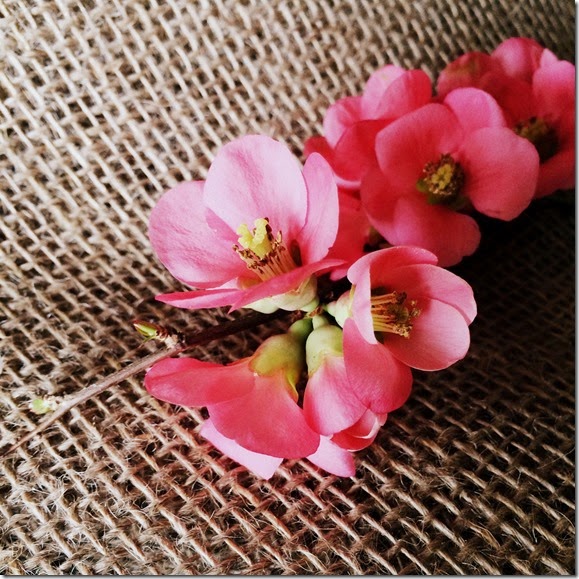

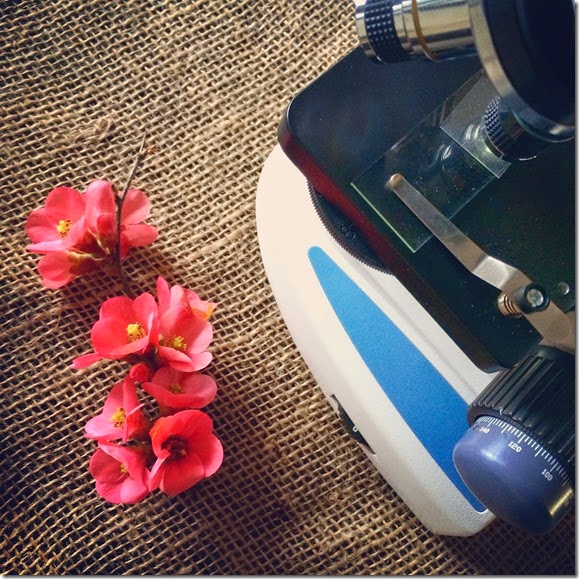
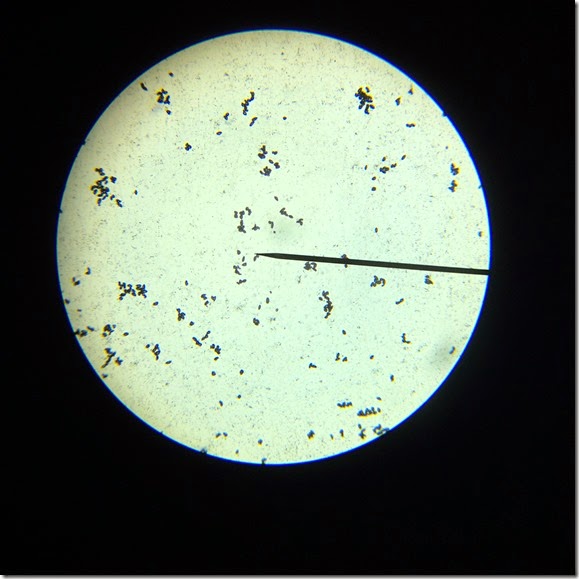
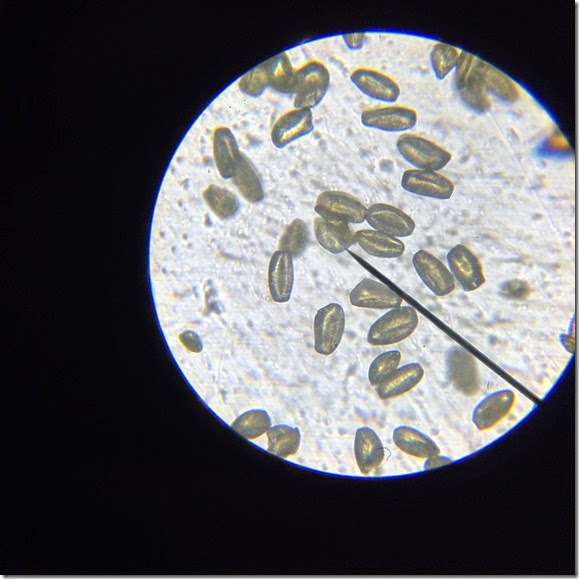
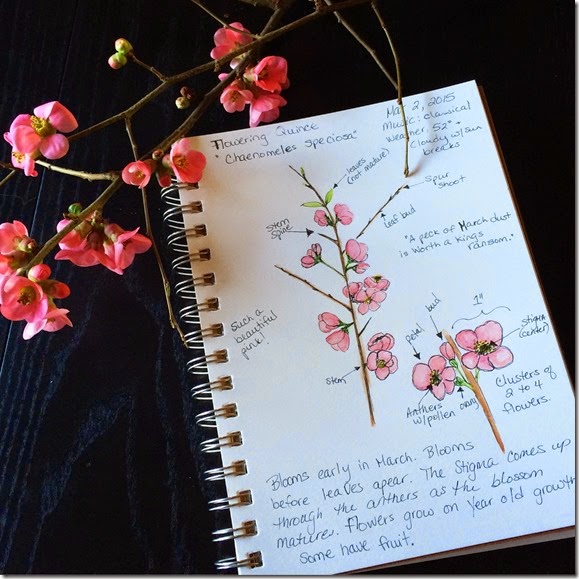
1 comment
Would love to get a microscope for our kids for home school. What kind you have? Thanks
Jill
funk50@charter.net
Post a Comment